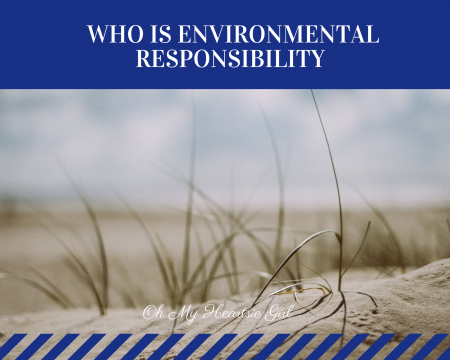
Industry and Environment
Corporate Environmental Responsibility (CER) refers to a company’s duty to work to avoid damaging the natural environment. Many investors look at a company’s environmental responsibility before they invest in its stock. There are some essential markers to keep in mind when we evaluate a company’s environmental impact (and lack thereof). This is especially important in high-impact industries. Although manufacturing and other industries continue to face environmental challenges, many are taking steps to reduce their footprint and even produce a positive impact on our world. Before a company moves forward they should do an environmental evaluation following environmental guidelines for their industry.
Fuel alternatives
One of the industries facing the biggest criticism and challenges is the fuel industry. Fossil fuels are proven to be hard on the planet, both in terms of carbon emissions and the methods used to drill for oil. All the same, they are a lucrative industry and maintain their position as our primary fuel source, especially for our vehicles. But alternatives such as biodiesel have come on the scene. Biodiesel is diesel fuel made from the leftover organic oils of restaurants and similar ventures. It manages to recycle what could be waste, and it burns cleaner than fossil fuels do. Manufacturers and businesses rely on all types of energy sources to keep themselves functioning. Even if a company hasn’t made the switch to renewable energy yet, there are methods by which it can reduce waste.
Complying with regulations
There are particular industries that face major challenges due to their environmental impact. One industry that has faced major criticism is the process known as fracking, which is short for hydraulic fracturing. In this process, water is injected into subterranean rocks and boreholes at high pressures, opening existing fissures further to extract oil or gas. It’s a major fuel production method for the US; hydraulic fracturing companies, as well as stone fabrication wastewater are now required to employ the best methods of treating produced water. By following EPA regulations, which are based on ever-evolving scientific understanding and research, companies involved in environmentally-challenging processes can mitigate their footprint and make sure that their product or service comes at a smaller health and environmental risk.
Contractor
Businesses might employ a consulting service or contractor to help evaluate the environmental safety and impact of the company. Some companies will survey a site for toxins such as asbestos and lead and guide a company through meeting environmental guidelines. This is essential to keep track of for both the health of employees and environmental impact–and it helps businesses avoid fines or worse.
Simple changes
Any company or industry can find ways to minimize its environmental impact, however. Methods include building eco-friendly buildings that meet Leadership in Environmental Energy and Design (LEED) -certifications of Bronze, Silver, Gold, or Platinum. Manufacturers can easily make their facilities consume less energy. Simple energy awareness and facility monitoring will inevitably lead to less consumption. Hiring an energy management team, conducting regular energy audits, strategically scheduling when equipment is used, and controlling production with floor shutdowns during weekends or off-shift times are relatively easy to implement and make a notable difference.
Related to Environment:
5 Tips to Transform Your House Into a Home